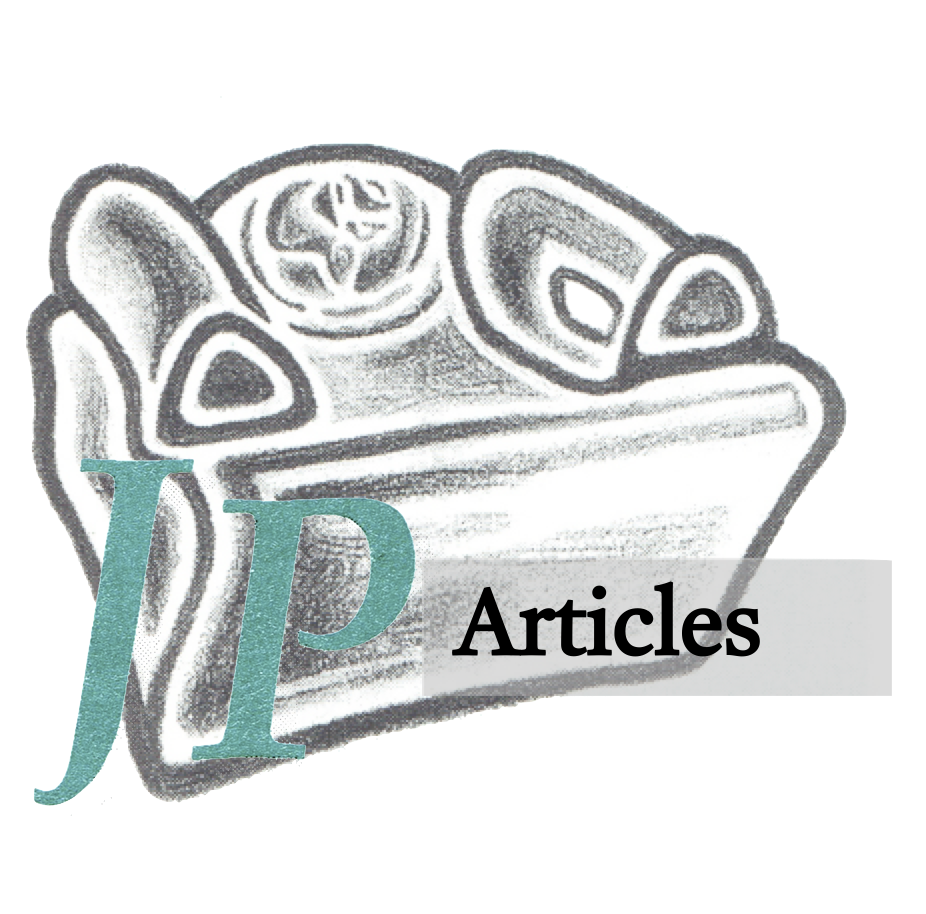|
Photo Above: Swollen by heavy rains, the Jordan River winds its way sough through the Bethsaida Valley and flows into the Sea of Galilee. A square of recently plowed land displays the fertile, black soil of this “desert.” The grove of trees on the lakeshore marks the location of ancient Bethsaida. Photograph by Werner Braun. |
How to cite this article:
Mendel Nun, “The ‘Desert’ of Bethsaida” Jerusalem Perspective 53 (1997): 16-17, 37 [https://www.jerusalemperspective.com/2796/].
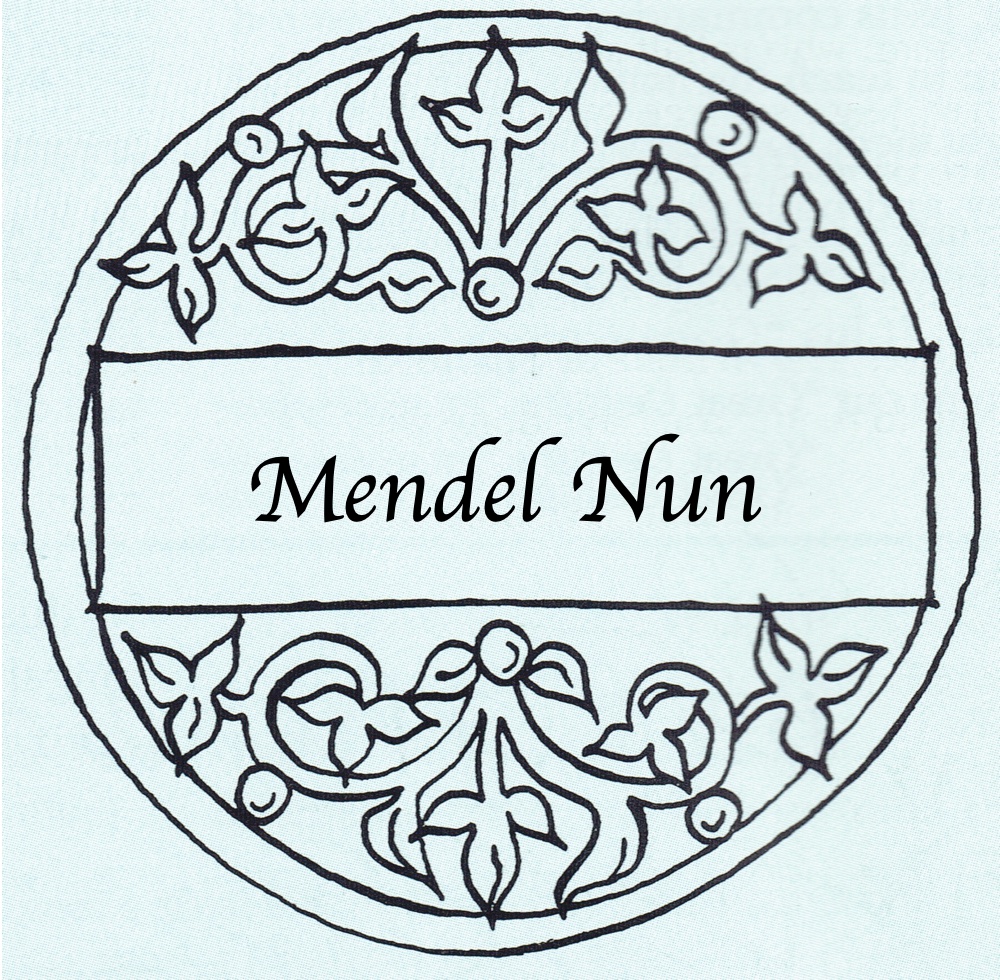
The miracle of the Feeding of the Five Thousand as described in the gospels (Matt. 14:13-21; Mark 6:30-44; Luke 9:10-17; John 6:1-13) raises an interesting question regarding the location of the miracle. Mark and Matthew both refer to it as a “desert place,” but also note that it was green. John does not mention a “desert place,” stating instead that there was “much grass in the place.” In Luke we are told that Jesus went into “a desert place belonging to Bethsaida.”
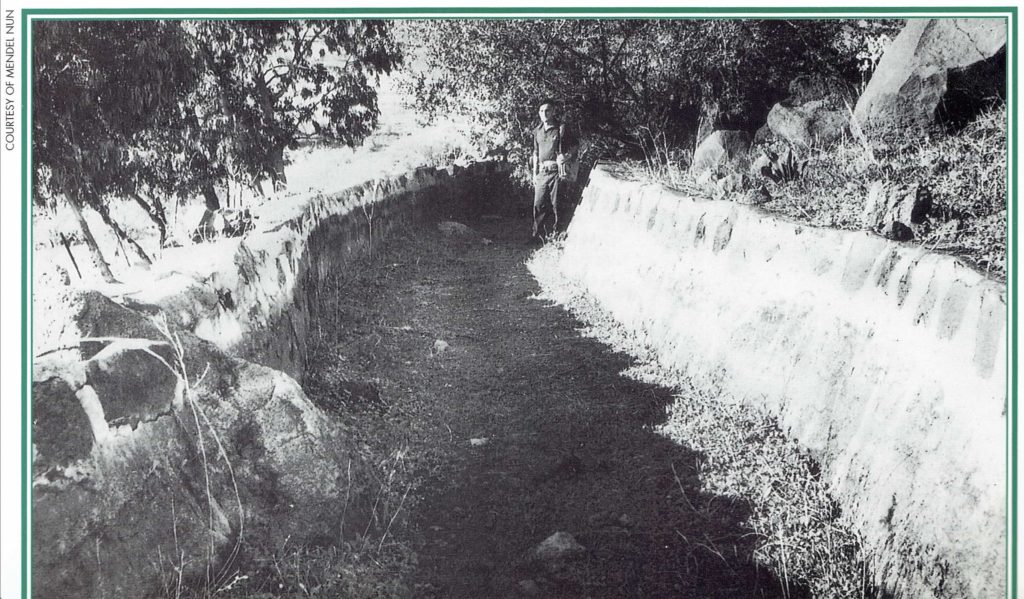
Fertile Bethsaida
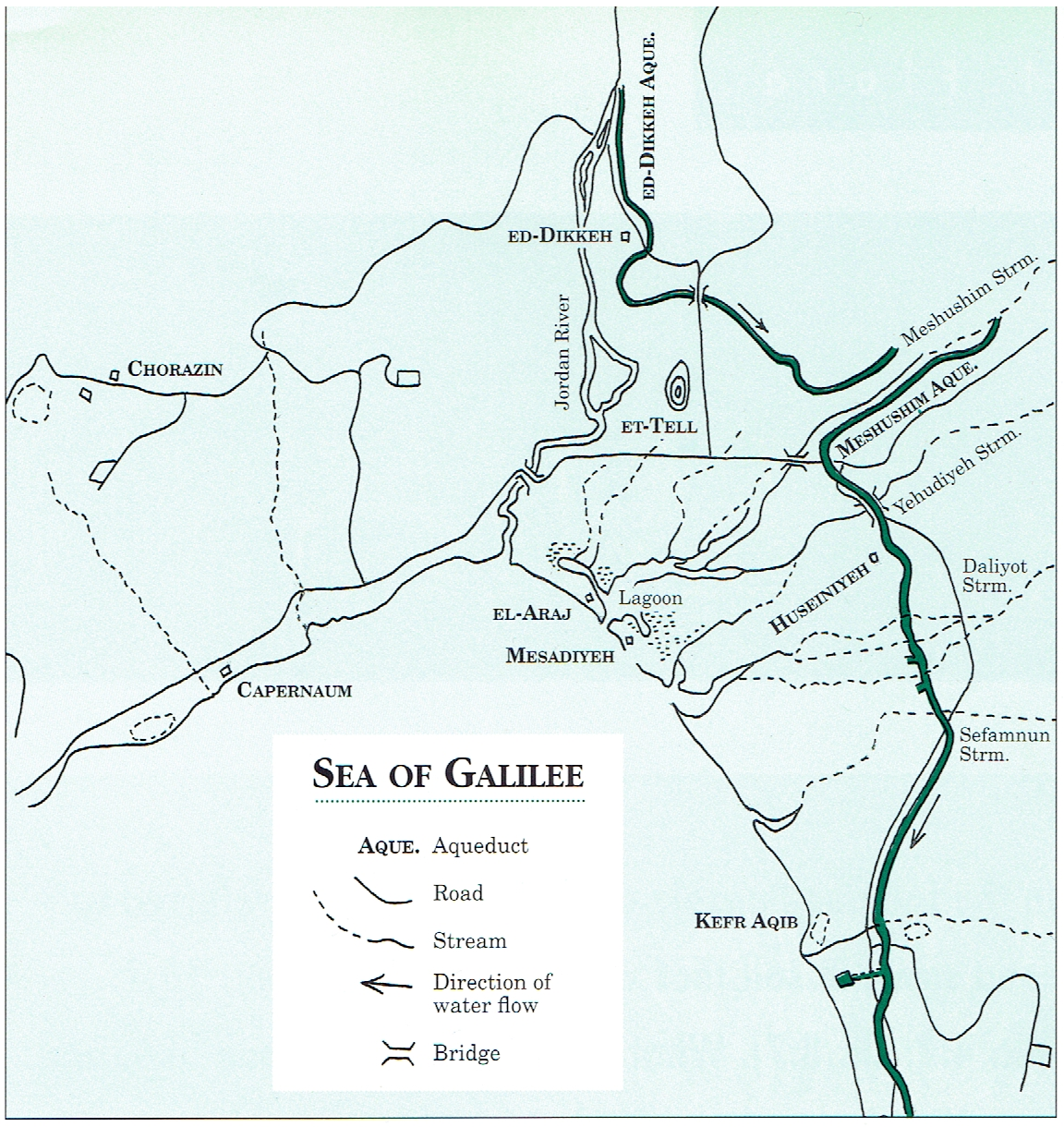
Map of the Bethsaida Valley showing its streams and aqueducts. (Courtesy of Yoel Ben-Yosef, Beit Ha-Oganim, Kibbutz Ein Gev.)
The idea of a “desert place” near Bethsaida seems strange. Bethsaida (modern el-Araj) was a first-century fishing village on the northeastern shore of the Sea of Galilee. The village was located in a small (approx. 12 sq. km., or 4.63 sq. mi.) but fertile plain or valley, the Valley of Bethsaida. This valley is crisscrossed by streams, aqueducts and irrigation canals. The area is not at all what we think of as a “desert.”
Paid Content
Premium Members and Friends of JP must be logged in to access this content: Login
If you do not have a paid subscription, please consider registering as a Premium Member starting at $10/month (paid monthly) or only $5/month (paid annually): Register
One Time Purchase Rather Than Membership
Rather than purchasing a membership subscription, you may purchase access to this single page for $1.99 USD. To purchase access we strongly encourage users to first register for a free account with JP (Register), which will make the process of accessing your purchase much simpler. Once you have registered you may login and purchase access to this page at this link:
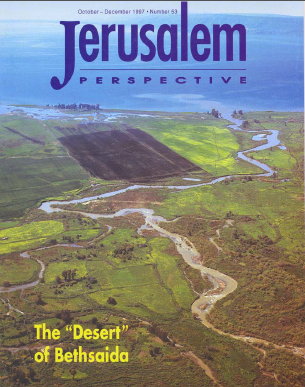
Read more JP articles by Mendel Nun:
- Has the Lost City of Bethsaida Finally Been Found?The scholarly debate over the location of Bethsaida continues to rage. Now, Mendel Nun, an authority on the Sea of Galilee and its ancient harbors, weighs in on the side of el-Araj.
- The “Desert” of BethsaidaBy analyzing the meaning of the word translated “desert,” the topography at the Feeding of the Five Thousand can be clarified.
- What Was Simon Peter Wearing When He Plunged into the Sea?Was Peter actually fishing naked, or was he merely “stripped to the waist,” as the Living Bible says? And what did he put on before swimming to Jesus?
- Gergesa: Site of the Demoniac’s HealingThe recent discovery of many of the ancient harbors that ringed the Sea of Galilee is an exciting chapter in Sea of Galilee research. One of these harbors is located at Kursi, ancient Gergesa. In this article, Mendel Nun contends that the demoniac’s healing and the miracle of the swine took place at Gergesa, not Gadara or Gerasa.
- Fish, Storms and a BoatJesus had a personal acquaintance with the life of Galilean fishermen.
- “Let Down Your Nets”In this article Sea of Galilee fishing expert, Mendel Nun, discusses the different types of fishing nets that were used in the first century by fishermen. Nun’s knowledge of ancient fishing techniques illuminates the stories of Jesus and his followers, many of whom were fishermen.
- The Kingdom of Heaven Is Like a SeineThe seine was used in the Sea of Galilee until the 1950s, and my experiences in the early days of modern Jewish fishing on the Sea of Galilee have given me some practical insight into its use.
- Fish and the Sea of GalileeThe Sea of Galilee was the scene of most of Jesus’ ministry. Fishermen and sailors were his earliest followers, and it was to them that he first preached, standing on the shore of the lake.

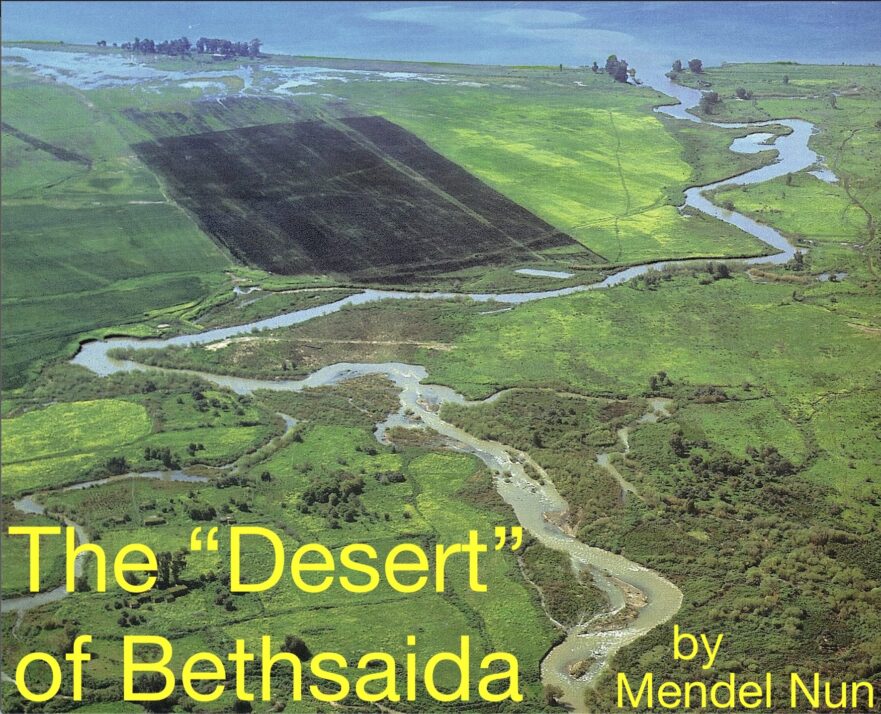
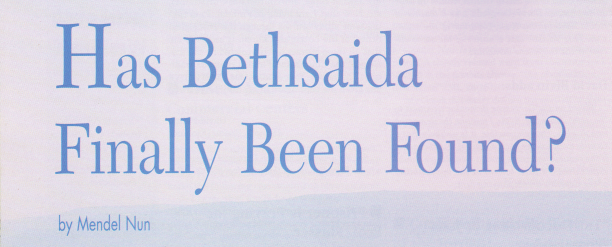
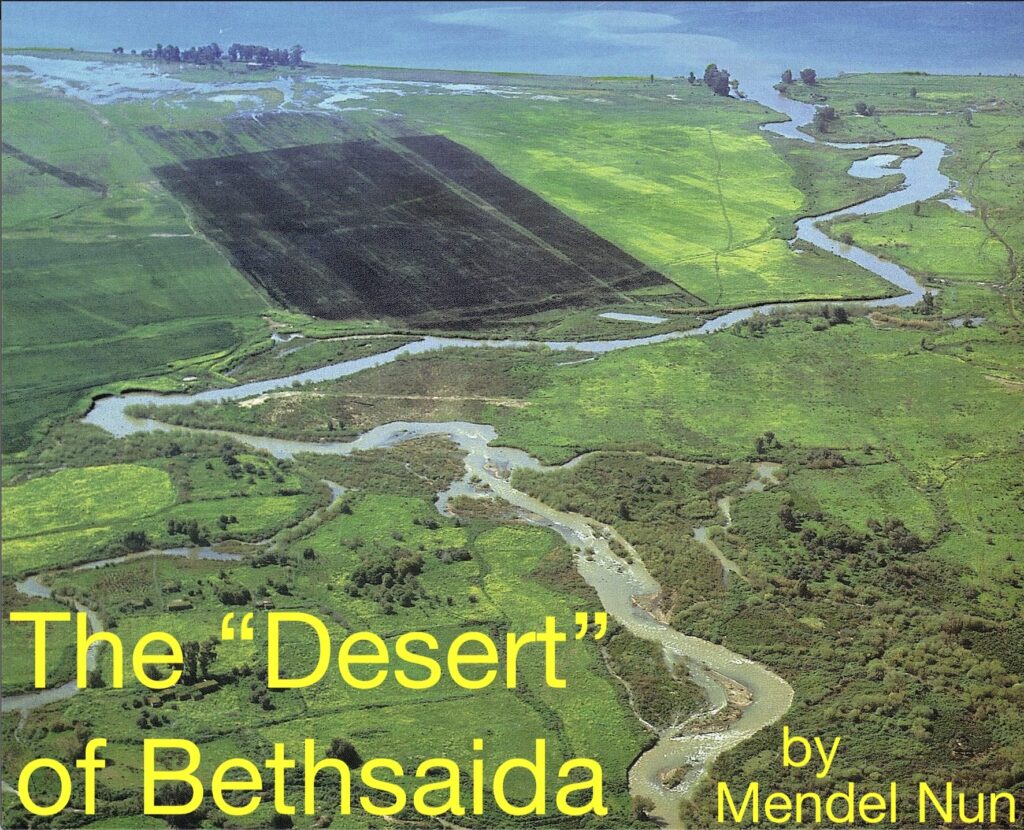
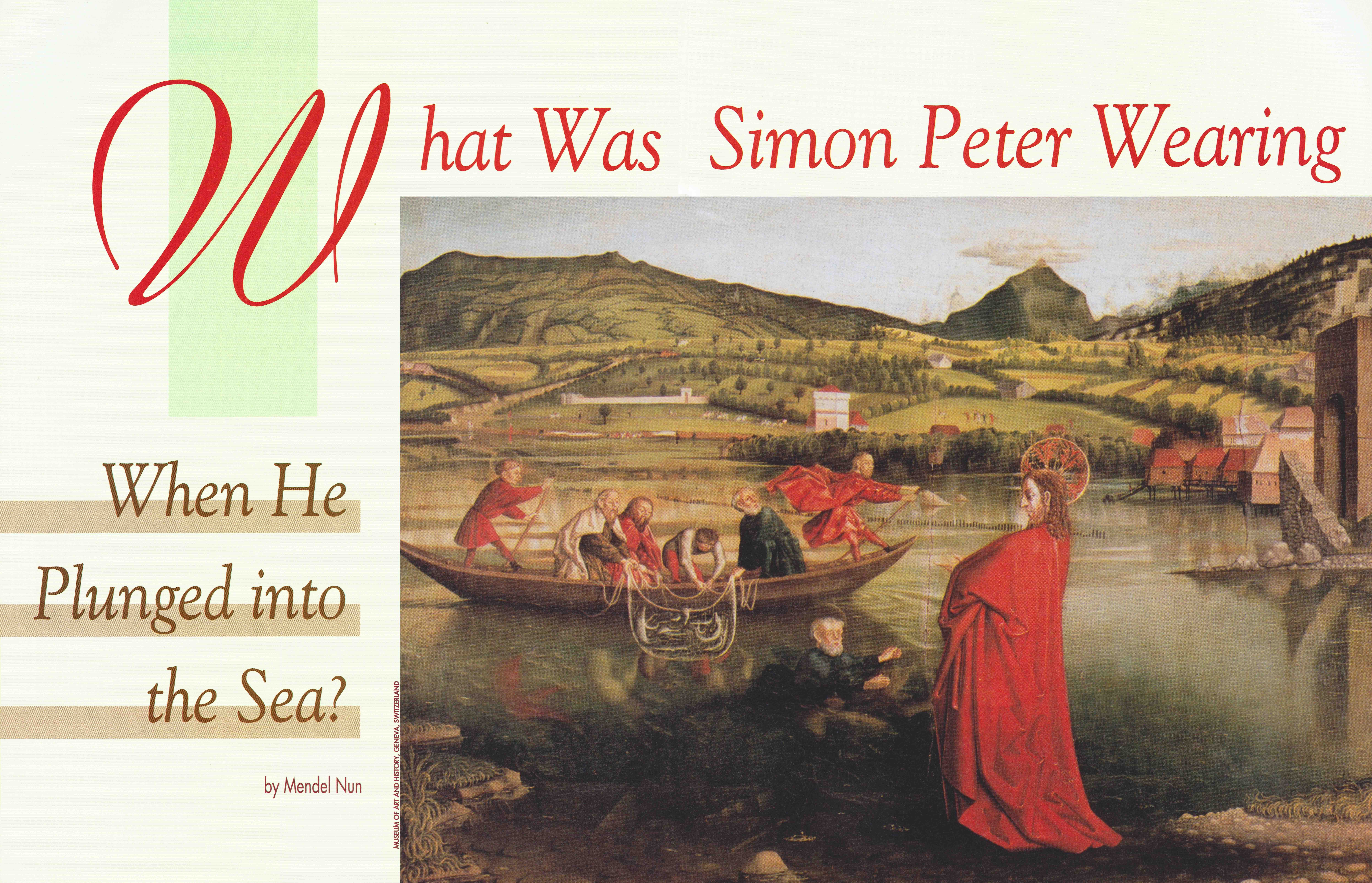
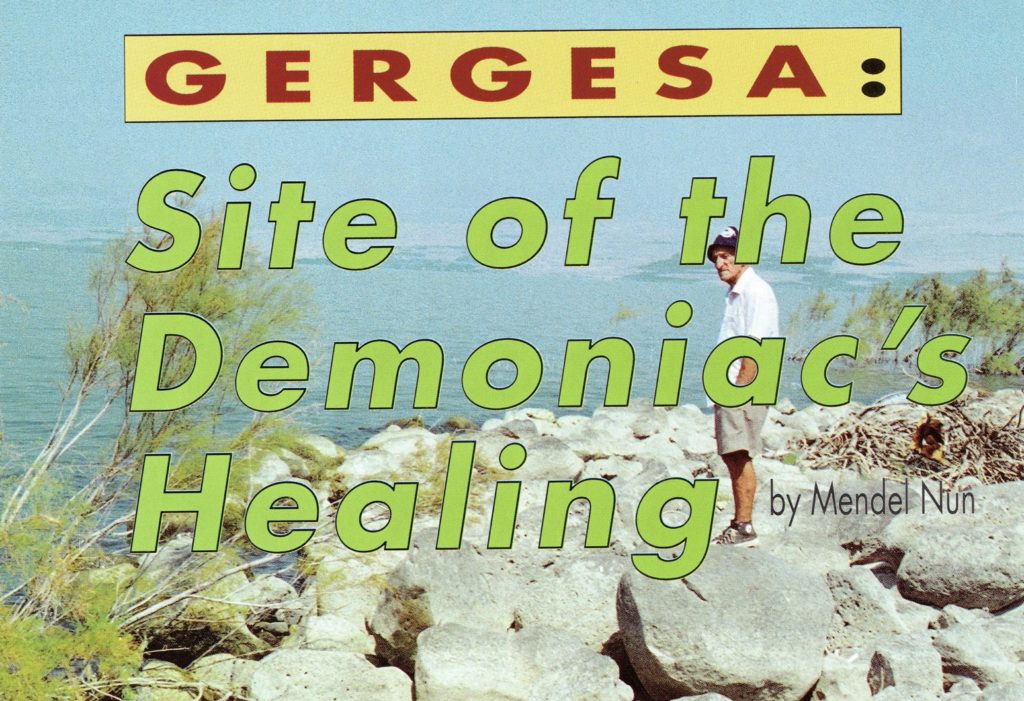
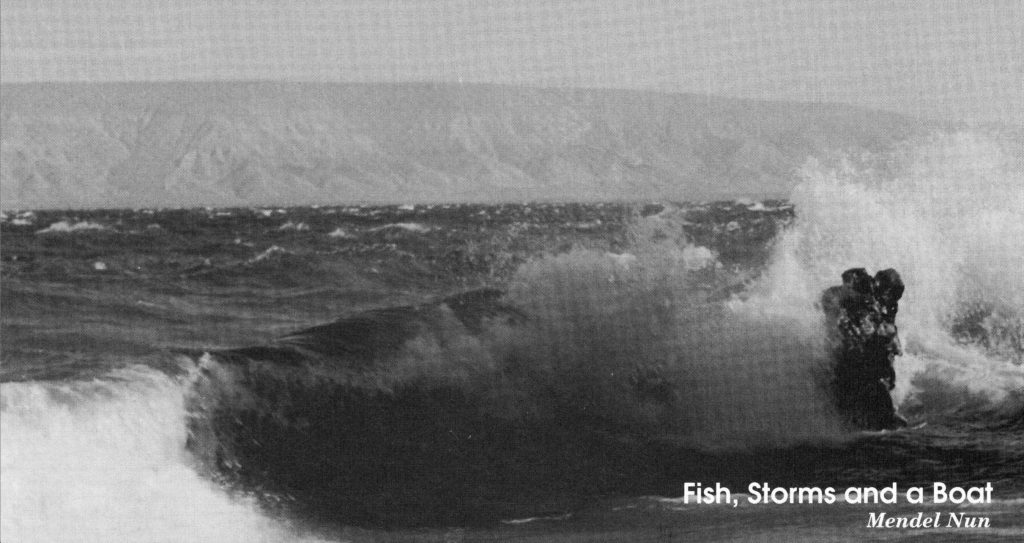
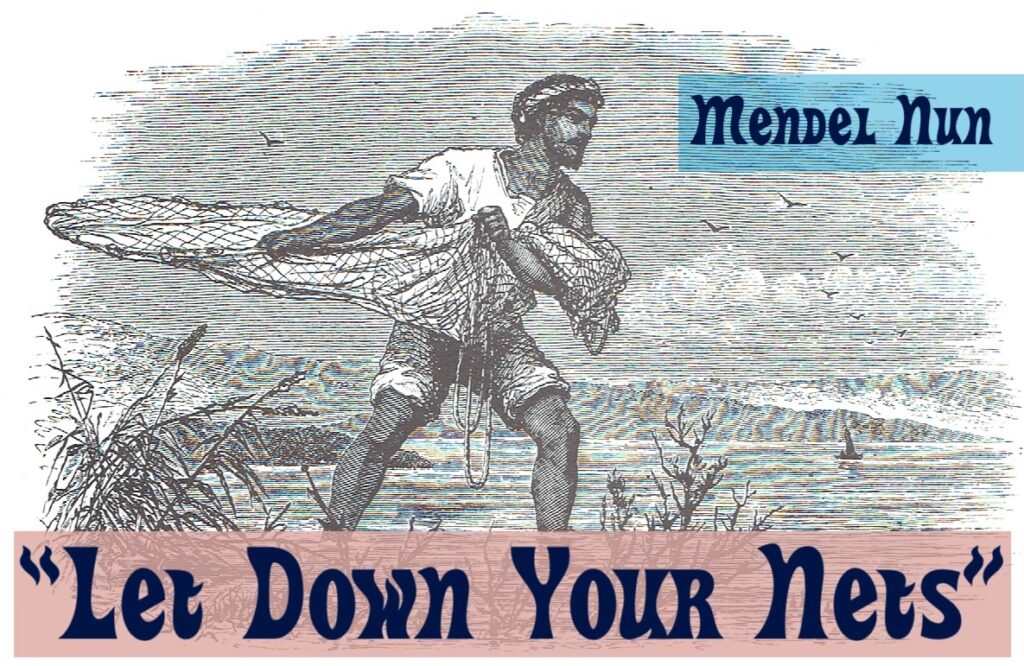
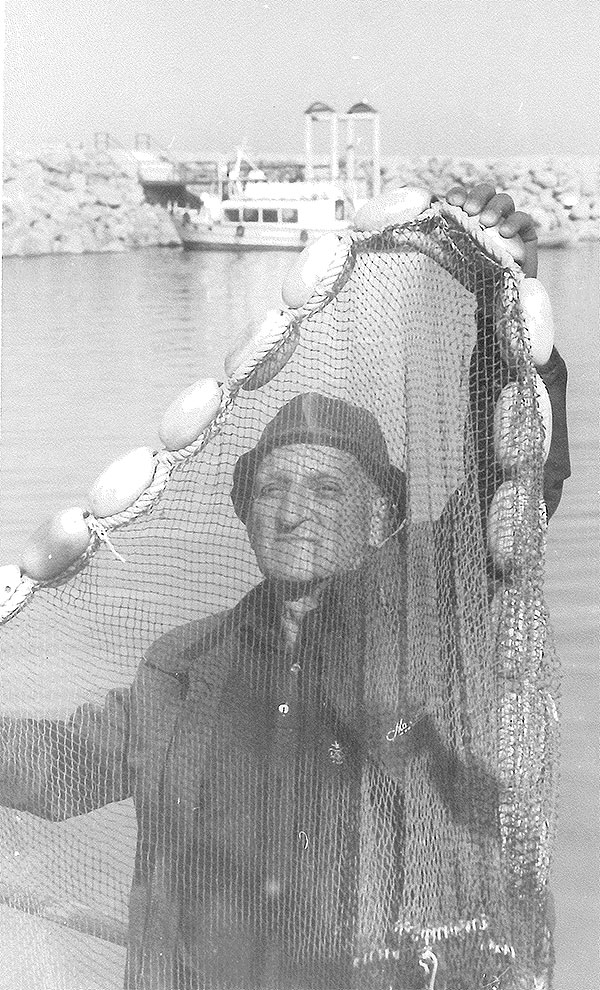
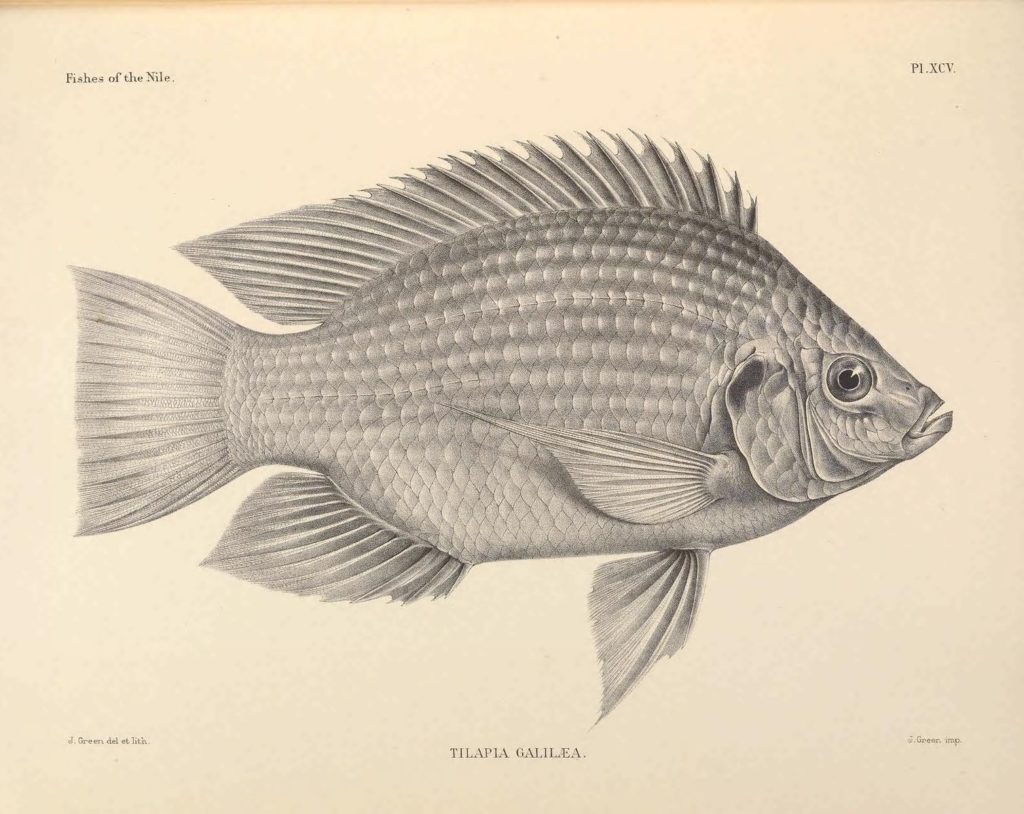
![Mendel Nun [1918-2010]](https://www.jerusalemperspective.com/wp-content/uploads/userphoto/18.jpg)
